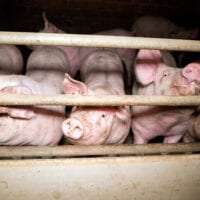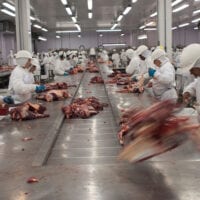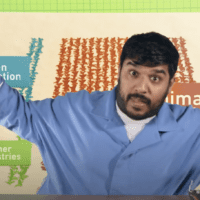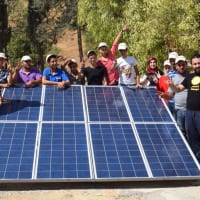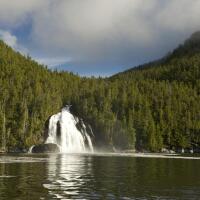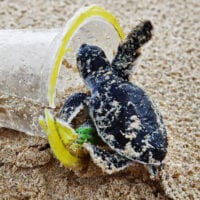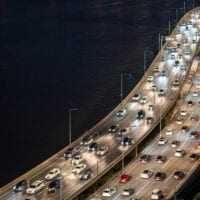In the last few decades food companies have filled our shelves with meat, chocolate, cheese and eggs, which has resulted in an explosion of livestock numbers – especially cows, pigs and chickens. There are now so many that an estimated 60% of all mammals on the planet are livestock, while just 4% are wild (the other 36% is us). Farmed poultry account for an incredible 70% of all birds.
This rapid growth in meat and dairy production has been driven by profit-hungry companies and has led to drastic consequences for our planet. All these animals need a lot of food and vast areas of forests, grasslands and wetlands have been destroyed to feed livestock. Giant chunks of the Amazon rainforest and other South American forests and savannas have been replaced with fields of soya, wiping out the wildlife they support.
This is a disaster for the climate. Agriculture and deforestation contribute a quarter of global greenhouse gas emissions, and animal farming is responsible for 60% of the emissions from agriculture. These emissions come from a variety of sources. Converting forests and other landscapes into fields for animal feed releases greenhouse gases, and removes trees that help suck up and store carbon dioxide in the first place. Artificial fertilisers use a lot of energy to produce and they release another greenhouse gas – nitrous oxide – which traps much more heat than carbon dioxide. And cows produce a lot of methane – it’s no laughing matter that farts from billions of cows are warming our planet.

